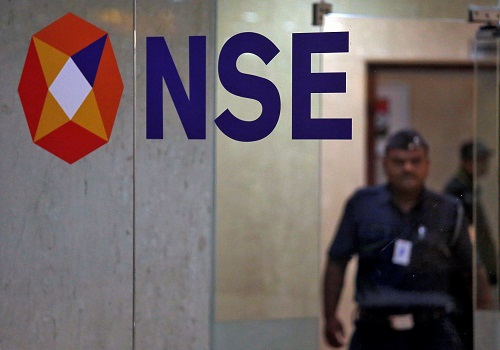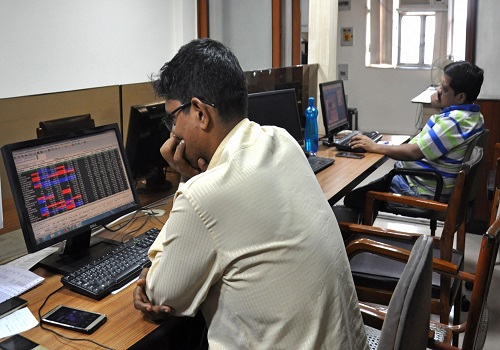India set for decade-high $2 billion bond inflows around JPMorgan index inclusion day

Foreign inflows into Indian bonds will hit a decade-high of $2 billion around June 28, when they will be included in a widely-tracked JPMorgan index, although the central bank will lap up most of the dollars to avoid a knee-jerk rise in the rupee, bankers said.
The $2 billion, single-day inflow estimate by four bankers trails only the record-high $2.7 billion poured into Indian bonds on Aug. 20, 2014, as prospects of a credit rating upgrade gained traction.
More than $200 billion in assets track the JPMorgan Emerging Market Index in which India will eventually have a weight of 10% by March 2025, suggesting total passive inflows of at least $20 billion over the 10-month period.
The Reserve Bank of India, which has been keeping a hawk eye on the rupee to prevent it from plumbing lifetime lows, will be vigilant of the inflows and speculative positioning on the currency, but has not adopted additional surveillance measures, a source aware of the RBI's plans said.
"It's just a case of inflows, this time in debt instead of equities," the source said. "It might be positive for the rupee and might be positive for FX reserves as well."
The source and the bankers requested anonymity as they are not authorised to speak to the media. The RBI did not immediately respond to an email seeking comment.
Since the rupee's real effective exchange rate -- a gauge of its relative value against a basket of currencies -- is signaling it is moderately over-valued, the RBI is wary of any significant appreciation, the source said.
So, while front-running in anticipation of the inflows may boost the rupee, a large rally is unlikely given the central bank's grip on the currency, the bankers said.
The RBI has said it will continue to boost its forex reserves opportunistically, which, in turn, helps avoid a sudden surge in the rupee.
Since there is no precedent for these debt index-related inflows, bankers' estimates of the timing of flows are based on similar index adjustments in the equity markets.
"Obviously, all this is a first and you can't be sure how things will be," the head of trading at a large foreign bank cautioned.
"However, based on how portfolio flows related to (equity) rebalancing happen, the money will come in on (June) 27 or 28."
In anticipation, large foreign banks could look at building short dollar/rupee positions to help manage inflows when they happen, an FX trader at a foreign bank said.
Still, despite the best-laid plans, concerns persist.
As a senior banker at a large foreign bank said: "all the pipes that have been put in place might not work."
























